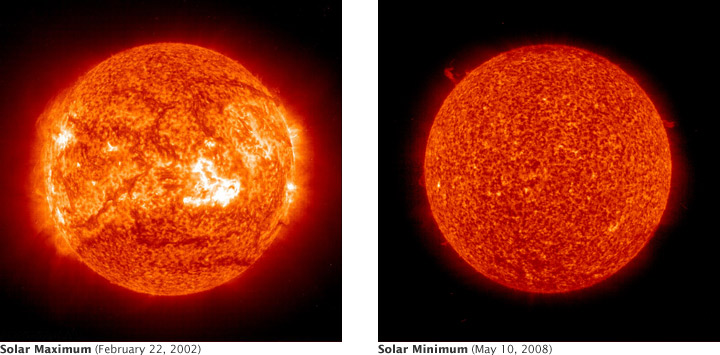
Sun corona energy output series#
Observations of the bright point were made using the Extreme Ultraviolet Imaging Spectrometer on Hinode in slot mode, which collects a time series of monochromatic images of the region leading to unambiguous temperature diagnostics. We have obtained constraints on the nanoflare energy distribution and timing for the heating of a coronal bright point. Our study reveals the operation of both more gentle and impulsive modes of magnetic reconnection in the solar corona. Furthermore, our observations show signatures of both spatially coherent and intermittent coronal heating during relaxation of magnetic braids. We assess that coronal magnetic braids overlying cooler chromospheric filamentary structures are perhaps more common. The untangling is associated with impulsive heating of the gas in these braided loops. Using new high spatial resolution (250-270 km on the Sun) and high cadence (3-10 s) observations from the Extreme Ultraviolet Imager (EUI) on board Solar Orbiter we observed untangling of small-scale coronal braids in different active regions. One reason for this paucity could be the lack of coronal observations with sufficiently high spatial and temporal resolution to capture this process in action. However, observations of active region coronal heating associated with untangling of magnetic braids remain sparse. Relaxation of braided coronal magnetic fields through reconnection is thought to be a source of energy to heat plasma in active region coronal loops. Our study reveals the operation of gentle and impulsive modes of magnetic reconnection in the solar corona. Furthermore, our observations show signatures of spatially coherent and intermittent coronal heating during the relaxation of the magnetic braids. Using new observations with high spatial resolution (250−270 km on the Sun) and high cadence (3−10 s) from the Extreme Ultraviolet Imager (EUI) on board Solar Orbiter, we observed the untangling of small-scale coronal braids in different active regions. One reason for this paucity could be the lack of coronal observations with a sufficiently high spatial and temporal resolution to capture this process in action. However, observations of active region coronal heating associated with an untangling of magnetic braids remain sparse. Although our 5-minute observations cannot unambiguously identify the field reconnection and subsequent relaxation as the dominant heating mechanism throughout active regions, the energy available from the observed field relaxation in our example is ample for the observed heating.

Here we report observations, at a resolution of 0.2 arc seconds, of magnetic braids in a coronal active region that are reconnecting, relaxing and dissipating sufficient energy to heat the structures to about 4,000,000 K.

Fine-scale braiding has been seen in the chromosphere but not, until now, in the corona. Evidence favouring that process has been inferred, but has not been generally accepted because observations are sparse and, in general, the braided magnetic strands that are thought to have an angular width of about 0.2 arc seconds have not been resolved. The active corona needs additional heating to reach 2,000,000-4,000,000 K this heat has been theoretically proposed to come from the reconnection and unravelling of magnetic 'braids'. Wave heating may be the prevalent mechanism in quiet solar periods and may contribute to heating the corona to 1,500,000 K (refs 1-3). The Sun, our nearest star, is a very interesting physical object.It is now apparent that there are at least two heating mechanisms in the Sun's outer atmosphere, or corona.


 0 kommentar(er)
0 kommentar(er)
